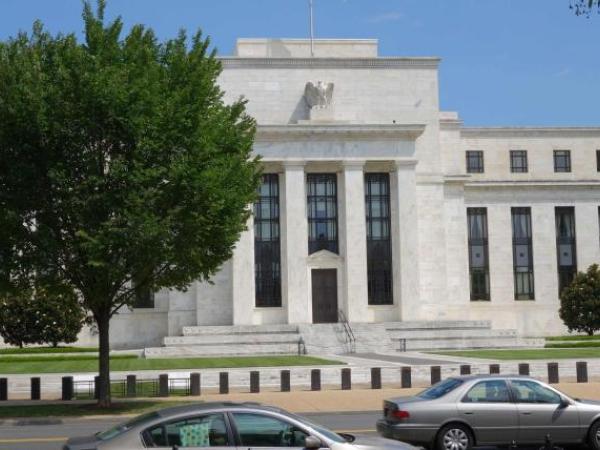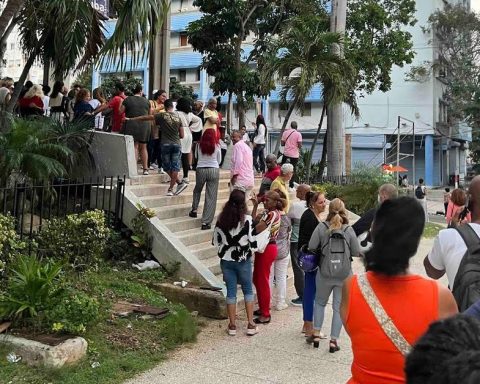On September 4, Chile –and the world– was surprised by its vote of strong and cross-sectional rejection of the constitutional project prepared by the Constitutional Convention, which had also had reckless and excessive support from the Government, starting with the person who presided over it. Rich and poor, urban and rural population, men and women, young and old, from the north, center and south of the country, distributed in 338 communes out of a total of 346, rejected with 62% of the votes a refoundational project outside the historical tradition of Chile and its deepest patriotic sense.
A new Constitution that does not take charge of this historic Rejection it will inevitably collide with this wall, silent, tried it is, but surprisingly firm. Democracy, institutionality, reciprocal control and balance of powers, equality before the law, one person-one vote, rights and duties, order, security, growth and opportunities for all without abandoning anyone, would constitute a minimum of basic conditions to be considered in any proposal that was plebiscitated.
However, this is not the only tsunami. In addition to the political one, an economic one is arriving that with the passing of the months will become more evident. The latest IPOM of the Central Bank of Chile anticipates a contraction in GDP (-1%) and in Domestic Expenditure (-5%) for the next year 2023, beginning with the current semester. His objective of making inflation –14.1% per year in August just past– converge in a period of two years to 3% per year, has led him to successive increases in the Monetary Policy Rate since the middle of last year.
But is it prudent, to achieve the above, to enter into a trajectory of accelerated withdrawal of liquidity from the system that results, for example, in a 24% nominal drop in the monetary aggregate M1 last August in relation to the same month of the previous year? , or one 33% drop in real terms? It is true that during the pandemic the M1 practically doubled, and for good reasons, to guarantee a “normal” operation of the system in the midst of it, but its withdrawal, taking into account downward price inflexibilities, should not be so blind to this condition. That is the underlying problem.
Added to the above is that, as of July of this year, fiscal spending fell by 20% in real terms, consistent with its annual projection of approximately US$ 80,000 million, after having exceeded US$ 100,000 million in 2021. Additionally , withdrawals from pension funds, which previously totaled US$ 50,000 million, ended. And as if this were insufficient in this contractionary scenario, the current real exchange rate is even more devalued –despite having the best terms of trade in our history– than that of the late 1980s, when it was leaving of the deepest economic crisis this country has ever had, second only to the depression of the 1930s.
Whichever way you look at this general picture, the fall in GDP and especially in Domestic Expenditure (possibly double digits in the next quarter) will be higher than that projected by the Central Bank, if the current contractionary monetary and fiscal policies continue to persist. . Higher unemployment is just around the corner…
An indicator of how the net collection of VAT already suggests what is to come: from a real growth of 12% last April compared to April 2021, it went to 9.2% in May, 0.5% in June and, now, to a drop of 5.7% real in July (Dipres). In August, car sales –in units– fell 6.8% compared to August of the previous year, the first drop after 17 months of continuous growth (ANAC). In July, new mortgage loan placements fell 47% compared to the same month of the previous year, in a contractionary trajectory that became evident as of January (CMF Chile): the adjustment in construction is evident. Is it necessary to continue?

It is known that monetary policy operates with “long and variable lags”which makes its day-to-day calibration difficult, but make no mistake: we are facing a major contraction in the liquidity of the economy and in a very short time, all for the sake of controlling inflation.
The Central Bank’s dilemma is that practically everything the Government transmits encourages the real devaluation of the peso, with its negative short-term effect on the prices of tradable goods that momentarily push inflation up, forcing it to be more rigid in its monetary response.
If – and this is a big if – the government understood and accepted the clear message of September 4 and credibly acted on it, truly correcting its program, the real exchange rate could fall by 20% and a substantial part of the problem short-term inflation would be resolved. Under this condition, the Central Bank would be left with more degrees of freedom to reduce its anti-inflationary response, understanding that in the long term, inflation would become an essentially monetary problem.
But here we are, until now, with a government and a coalition that are still unaware of the depth and transversality of the rejection of their proposals. As long as they persist in this error, the real exchange rate will continue to be dissociated from what this country can structurally be under the new saltpeter boom of the 21st century, that of the energy transition, and the Central Bank will continue to deepen the adjustment.
What remains to be answered is who is going to give an explanation to the people of Chile, not to the revolutionary in Plaza Italia, of the hole we are falling into, unnecessarily and being almost entirely a domestic responsibility.
How Ukraine would like to have our conditions; how we would like a united society to take advantage of them for the good of all. It’s never too late.


















